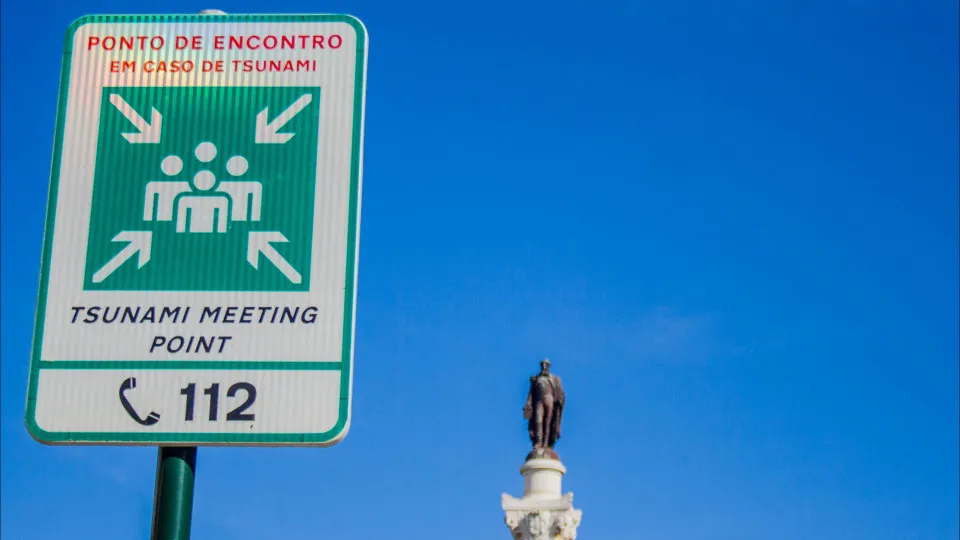
“No, I cannot say that the risk of a tsunami is low. The hazard is low (…) due to the tectonics of the area,” stated Rachid Omira, speaking at the end of a journalists’ visit to the Portugal Tsunami Warning Centre at the IPMA.
The visit was organized on the eve of the 270th anniversary of the 1755 Lisbon earthquake and tsunami.
The expert explained that compared to the Pacific region where earthquakes frequently occur, “the tsunami hazard on the Portuguese coast is low due to the recurrence intervals of major earthquakes.”
Omira noted that to have an earthquake similar to the one in 1755—which was one of the deadliest ever, with a magnitude close to 9 on the Richter scale followed by a tsunami—would require “more than 1000 years,” but he warned, “that doesn’t mean it can’t happen tomorrow.”
There are “several tectonic faults” nearby, and “certainly, one of them already ruptured in 1755, but the others could rupture at any moment,” he specified.
According to the specialist, tsunamis were identified in Portugal in 1941 due to a major earthquake on the Gloria Fault in the Azores-Gibraltar Fracture Zone, and in 1969 due to an 8-magnitude earthquake in the same area as 1755.
It was “a small tsunami,” but “it was recorded along the entire Portuguese coast,” he noted, drawing attention to “other non-seismic origin tsunamis,” such as “the tsunami in Madeira and the Azores due to volcanic flank collapses.”
The Portugal Tsunami Warning Centre has been operational since 2017 and was recognized by the Intergovernmental Oceanographic Commission (IOC) of the United Nations Educational, Scientific and Cultural Organization (UNESCO) in 2019.
Since its inception, it has issued several alerts, “but only to inform (…) there was no significant coastal impact risk.”
Approximately two dozen earthquakes are detected daily at the center, but tsunami advisories are only provided for those with a minimum magnitude of 5.5.
As part of the Northeast Atlantic, Mediterranean, and Connected Seas Region (NEAM), the Portuguese center is also responsible for alerting all countries along the northeast Atlantic coast, including Spain, Morocco, France, the United Kingdom, Germany, Greece, Italy, and Turkey. The network is managed by the IOC.
In addition to land seismic stations and tide gauges along the coast to monitor seismic activity and sea behavior, an underwater cable with sensors is being installed, connecting mainland Portugal with the Madeira and Azores archipelagos.
These sensors will be “able to detect the tsunami before the wave reaches the coast” because with tide gauges alone, a tsunami can only be confirmed upon arrival, said Rachid Omira.




